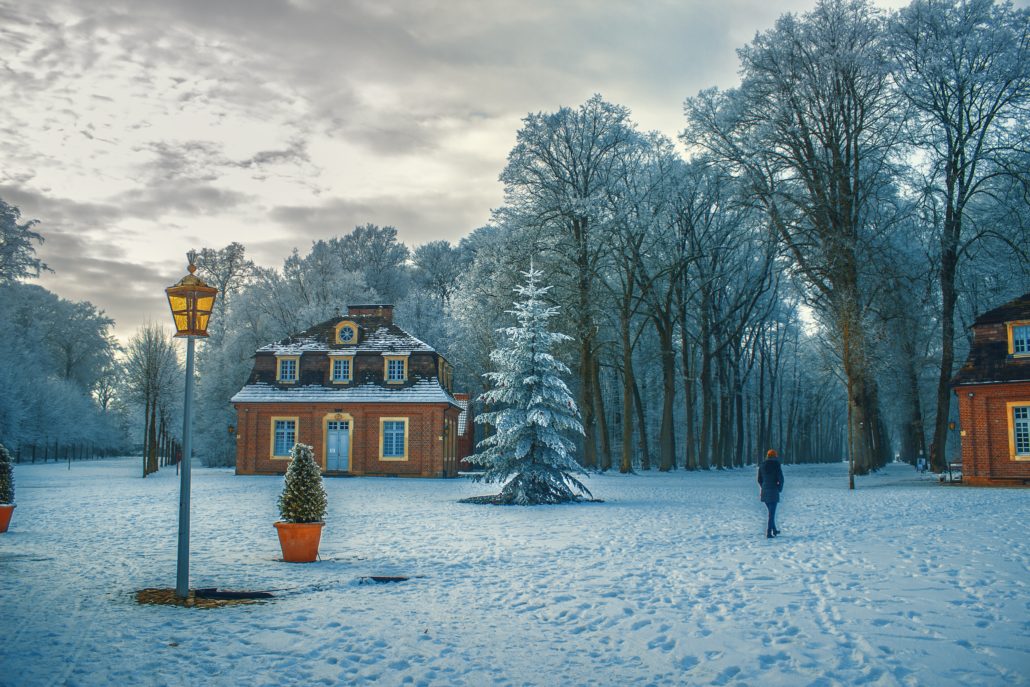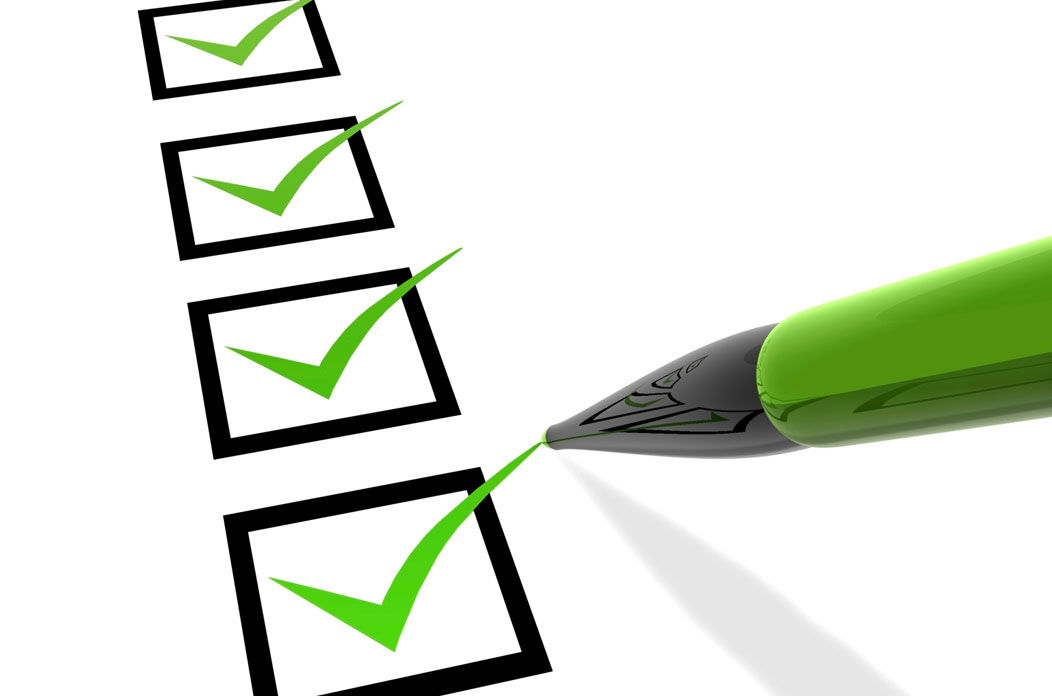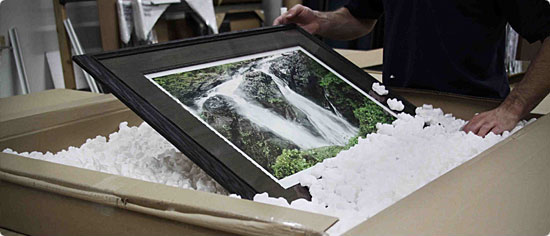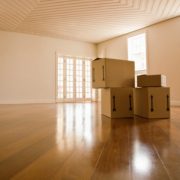How to Winterize a Vacant Home
Moved into your new house before selling your old one? Here’s how to winterize a vacant house while you aren’t living there.

1. Adjust Your Thermostat
While you probably turned your thermostat way down for summer, you’re going to want to adjust it to combat cold winter temps and flip it back over to the heat setting. You don’t need to keep it at a cozy temperature, but you’re going to want to keep it around 50-55 degrees to stop your pipes from freezing.
2. Turn off the Water and Drain the Pipes
If you live in a cold climate, you’ll want to ensure that you take all necessary precautions to prevent your pipes from freezing and causing extensive damage to your home. First, shut off the water at the main shut-off valve. Next, make sure you open up all of your faucets and drain your toilets of water. You’ll also want to keep the faucets open to prevent pressure buildup. Once the pipes have drained as much as they can by opening the valves, you want to blow the rest of the water out of the pipes. You can do this by using fittings to connect an air compressor to the water system and blowing through the pipes while opening and closing valves. Many people opt to forgo doing this themselves and have a plumber professionally winterize their home for them.
3. Unplug Everything
Leaving appliances plugged in not only wastes unnecessary energy, but it also makes your home susceptible to electrical fires in the event of a faulty switch or in the case of a rodent gnawing at the wires.
4. Clean Out Your Refrigerator
Chances are if you’re moving out, you will have already cleaned out your refrigerator, but just in case, make sure to wipe your fridge down, unplug it and be sure to keep the door to both your refrigerator and freezer open. Closing these up will promote mold and mildew growth from residual moisture.
5. Shut off the Gas Valve on Your Hot Water Heater
Experts recommend shutting off gas hot water heaters completely to prevent any gas-related instances.
6. Secure Your Home
Make sure all entry-points of your home are locked and secured, including both your windows and cellar doors. Experts suggest you install high-quality locks for your doors and windows and make sure you have a hasp on doors that do not have a deadbolt. Next, be sure to close your window shutters, as these along with drapes, blinds and curtains, keep carpeting and fabrics from fading.
7. Don’t Forget About the Fireplace
While closing the windows and locking the doors are a no-brainer, people often forget about their fireplaces. Be sure to close the damper or flue on your fireplace before you leave your home. This will prevent snow, rain or animals from finding a way in.
8. Clean Your Gutters
Don’t leave your gutters clogged before you vacate your home. Make sure you clean everything out to prevent any flooding or water damage.
9. Stop the Mail
Nothing alerts intruders that your home is vacant more than a build-up of mail or newspapers. Before you close up your home, be sure to stop your mail or forward it to another address.
10. Tell Your Neighbors
Be sure to alert your neighbors that you’re leaving so that they can keep an eye on your home for you. Be sure to leave your cell number or e-mail address in case anything comes up.
11. Consider Controlling Things Remotely
Consider adding a remote monitoring system to check the status of your temperature, humidity and power. There are a ton of different options that can be controlled directly from your cell phone or computer. This will not only give you peace of mind that your home is safe and secured, but it’s also a great option if you’re moving far away and you need to make any adjustments from afar.









